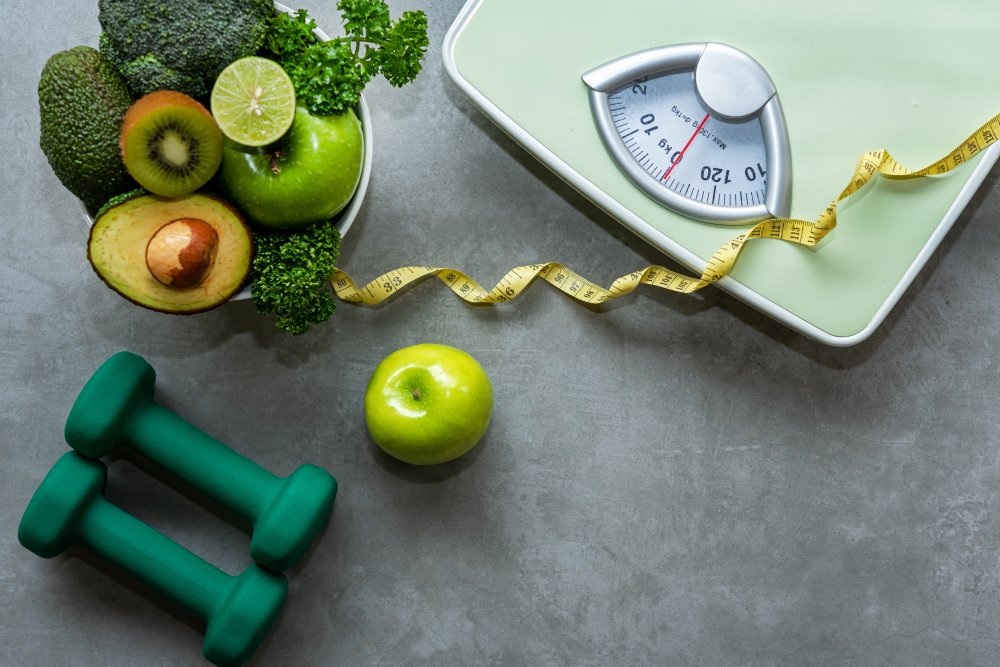A well-planned meal is very important for keeping your weight in check and staying healthy in general. The right diet plan not only helps you lose weight, but it also gives you more energy, speeds up your metabolism, and improves your physical and mental health. For long-term success, it’s important to pick a diet that fits with your goals and way of life. There is no one-size-fits-all solution, but different diet plans have been shown to help people lose weight and feel better.
A Heart-Healthy Way to Eat: The Mediterranean Diet
A lot of people know that the Mediterranean diet is good for you, especially for your heart and for keeping your weight in check. Its main focus is on whole, raw foods like nuts, seeds, fruits, veggies, whole grains, and healthy fats like olive oil. Lean foods like fish and chicken are better for you than red meat, and you should only eat a small amount of cheese.
This plan helps you lose weight by telling you to eat more healthy fats and processed foods and less bad ones. The high fiber level makes people feel full for longer, which keeps them from eating too much. The Mediterranean diet is also linked to a lower chance of heart disease, diabetes, and inflammation, which makes it a healthy and long-lasting way to eat.
Keto is short for “ketogenic,” which means “low carb” and “high fat.”
The ketogenic diet focuses on eating fewer carbohydrates, more healthy fats, and a modest amount of protein. When you eat few carbs, your body goes into a state called ketosis, where fat instead of glucose is the main source of energy. Individuals lose a lot of weight and feel more energetic when they burn stored fat.
Foods that are on the keto diet are bananas, nuts, seeds, eggs, cheese, fatty fish, and low-carb veggies. It gets rid of or heavily limits wheat, sugar, and starchy foods. A ketogenic diet can help you lose weight, but it can also help your brain work better, control your blood sugar, and lower inflammation. But it has to be followed very closely, and it might not be right for everyone, especially people with certain health problems.
How to Eat Like Our Ancestors Did (The Paleo Diet)
The paleo diet is built on eating whole foods that people in the past could find. It tells you to stay away from processed foods, dairy, grains, and refined sugar and to eat lean meats, fish, fruits, veggies, nuts, and seeds instead. Eating meals that are high in nutrients can help you lose weight, handle food better, and be healthier overall.
Modern prepared foods are not allowed in the paleo diet, which lowers the chance of fat, diabetes, and metabolic diseases. Focusing on natural foods helps with digestion, gives you more energy, and lowers inflammation. Some people feel better on this diet, but since it doesn’t include whole grains or cheese, it might not be right for everyone.
A nutrient-dense choice is the plant-based diet
Fruits, veggies, beans, whole grains, nuts, and seeds are the main foods in a plant-based diet. Animal products are eaten less or not at all. This diet is high in fiber, vitamins, and antioxidants, which help you lose weight, keep your heart healthy, and stay healthy in general.
Chronic diseases like heart disease, diabetes, and high blood pressure are less likely to happen if you eat mostly plants. It also encourages healthy living and protecting the earth. But people who strictly follow a plant-based diet need to make sure they get enough protein, vitamin B12, iron, and omega-3s.
When to Eat: The Intermittent Fasting Approach
Intermittent fasting is not a special diet. Instead, it is a way of eating that alternates between eating and not eating. The 16/8 method (fasting for 16 hours and eating within an 8-hour window) and the 5:2 method (eating normally for five days and limiting calories for two days) are two popular ways to lose weight.
This method helps you eat fewer calories generally, speed up your metabolism, and burn more fat. It also helps the body respond better to insulin and repair cells. Intermittent fasting can help you lose weight and improve your health in general, but it might not be right for everyone, especially those who are sick or have to watch what they eat.
The DASH diet is all about heart health
The DASH (Dietary Approaches to Stop Hypertension) plan was created to help people with high blood pressure and heart disease. While cutting back on salt, it focuses on whole foods like fruits, veggies, whole grains, lean meats, and low-fat dairy.
This diet is full of healthy foods like fiber, calcium, and potassium that help keep your heart healthy and your weight in check. The DASH diet lowers the risk of heart disease, diabetes, and other long-term illnesses by cutting back on processed and high-sodium foods.
A balanced and adaptable way to follow the flexitarian diet
The flexitarian diet is a kind of semi-vegetarianism that supports eating mostly plant-based foods but also lets you eat meat and animal products sometimes. It gives you options while still giving you the health benefits of a meatless diet.
This plan helps you lose weight, handle food better, and lower your risk of getting chronic diseases. By focusing on whole, raw foods, it cuts down on bad fats and processed meats while still providing a mix of important nutrients.
How to Pick the Best Diet Plan for You
The best diet plan for you relies on your health goals, personal tastes, and way of life. When picking a plan, you should think about things like food limits, amount of exercise, and how long it will last. A healthy diet is one that you enjoy, can stick to, and gives you all the nutrients you need for good health.
In conclusion
In order to lose weight and stay healthy, you need to eat a varied diet. Sticking to a plan that works for you is important, no matter what diet you’re on (Mediterranean, keto, paleo, plant-based, intermittent fasting, DASH, or flexitarian). People can lose weight and improve their health in the long run by making smart food choices and focusing on whole, nutrient-dense foods.







